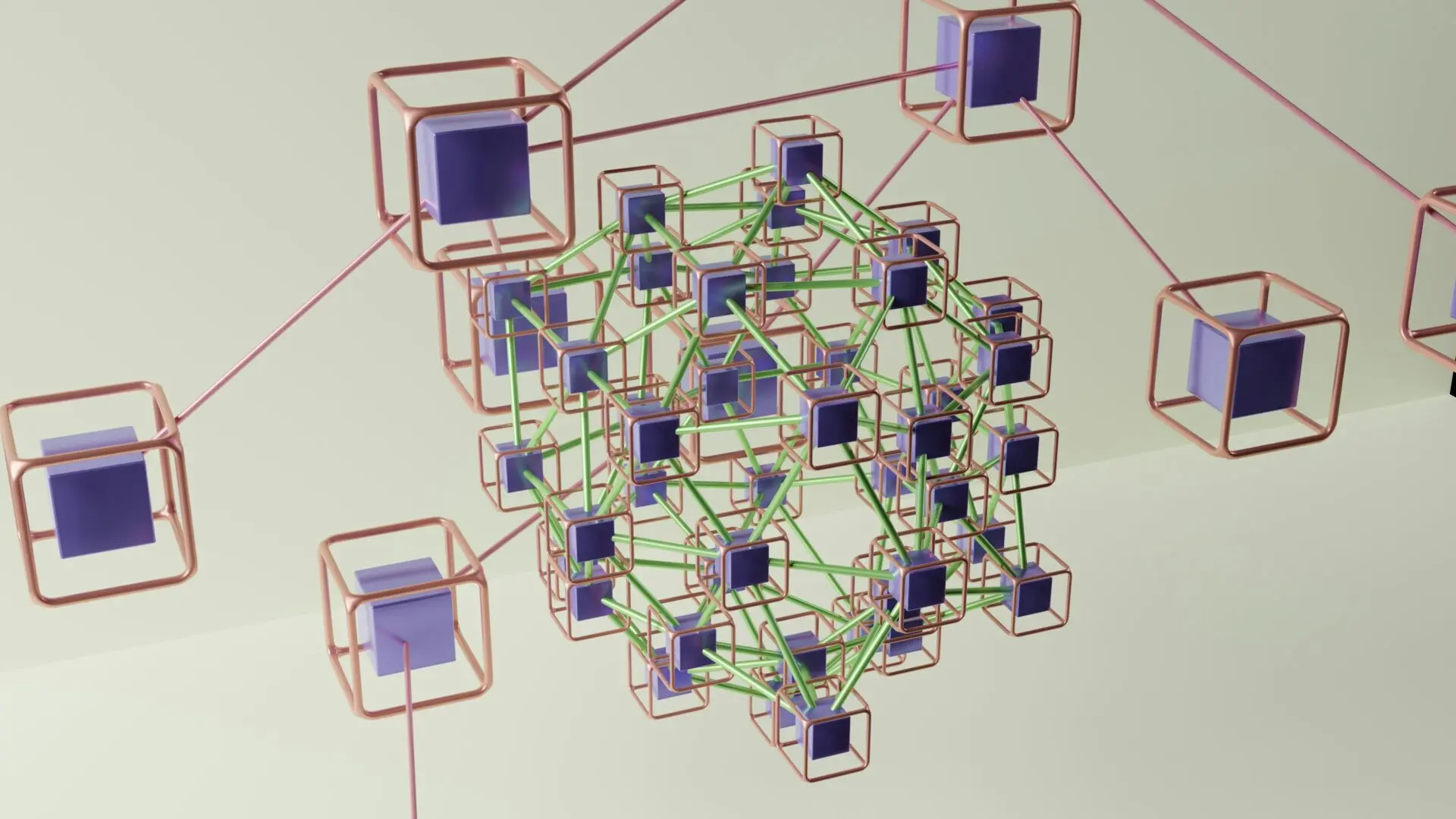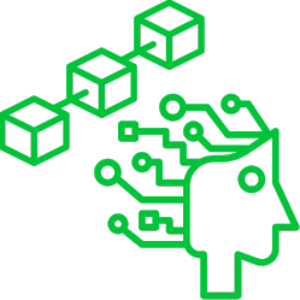

AI, Web3 Build a Public Network
Build & own your community’s infrastructure network with Web3, AI Chatbots, Althea L1 and tools to... View more


Build & own your community’s infrastructure network with Web3, AI Chatbots, Althea L1 and tools to... View more
Please confirm you want to block this member.
You will no longer be able to:
Please note: This action will also remove this member from your connections and send a report to the site admin. Please allow a few minutes for this process to complete.